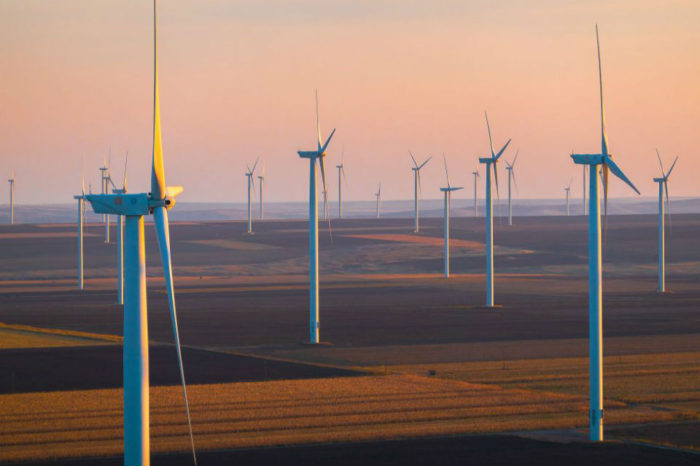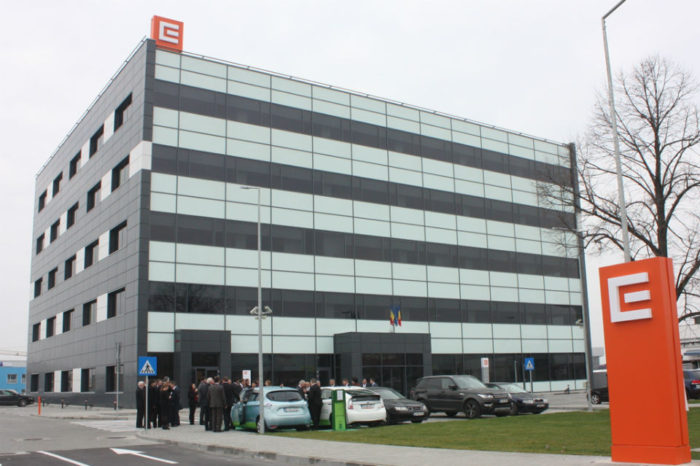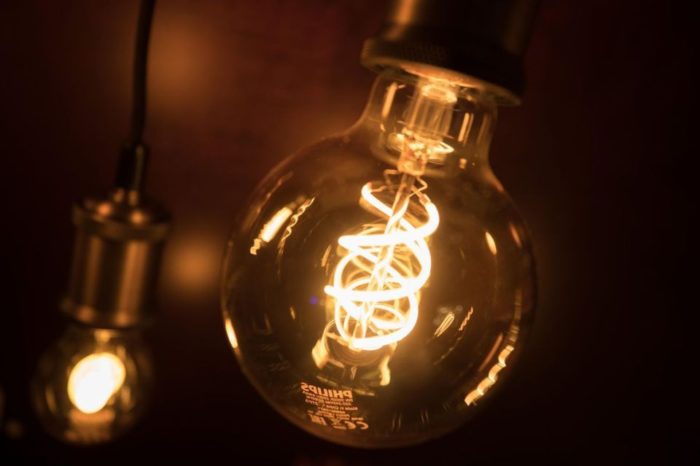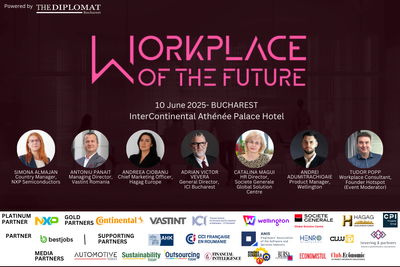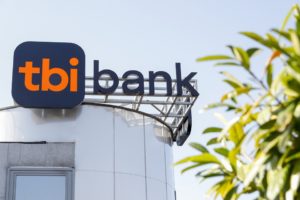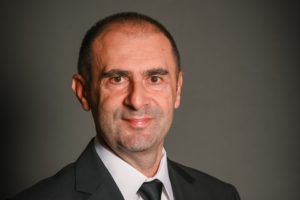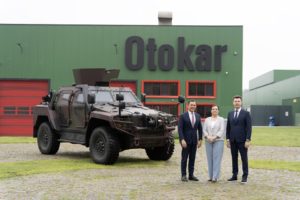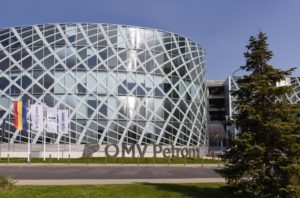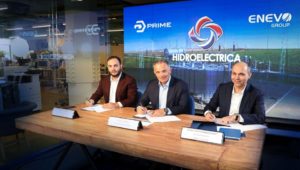Angelica BARBU, CEZ Romania: We already talk about a new generation of employees to be attracted and integrated, generation Z, which changes significantly the recruiting approach
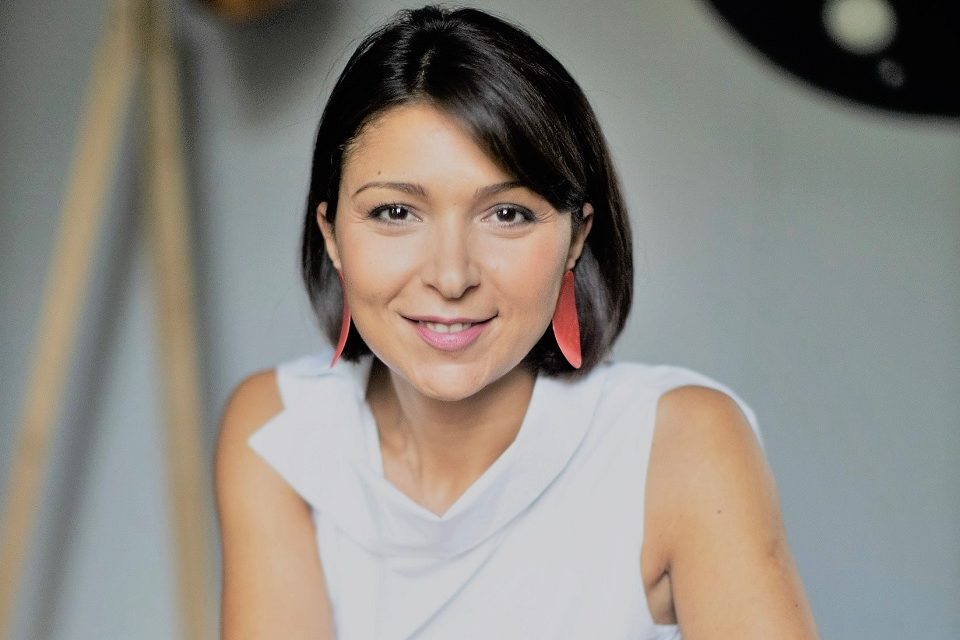
The HR & recruitment industry, highly challenged for the past two years, is undergoing a fundamental and structural changing process, has earned and proved a major strategic role in the companies, with ambitious targets and objectives to be achieved. People engagement, DEI, digital transformation, the people-centric approach, the sensitive aspects of recruitment and the increasing personnel fluctuation are often mentioned in company reports and statements. The new world of business, especially after the past two years, seem to become more people-centric and paying a great deal of attention to safety, healthy and well-being of employees. The workspace has tremendously changed and evolved to the benefit of companies and people altogether.
Angelica BARBU, People & Brand Director, CEZ Romania shared with The Diplomat-Bucharest the main aspects defining the HR strategy this year.
- What are the current and future challenges you are dealing with in achieving your HR business objectives?
The pandemic context enhanced some of the HR trends blooming before 2020 and turned them into current strategies and tactics. Teleworking, work schedule flexibility, employee self-service platforms – on one hand, as well as work-life balance, employees’ wellness and inclusiveness – on the other, are all concepts that we are translated into operational projects shaping the organizational culture on medium and long term.
- What is the company’s approach and strategy in HR and recruitment this year?
This is a period of major changes in the energy sector and we are committed to be in the centre of this change for the benefit of our employees, our clients and the communities we serve. The main HR goal is to properly equip and provide the organization with the tools and resources our people need to catalyse the energy for the future. Our HR strategy diverts into four main directions: stimulating a results oriented culture, transforming employees’ capabilities, activating people and team potential and boosting the digitalization processes and related skills in our people. Recruitment, as one of the key processes and the first milestone in the employee journey, is aligned to the four strategic directions and currently undergoing fine tuning in order to provide the organization with the right people in a timely manner. The post pandemic context and, more recently, the geopolitical context, has changed the recruitment paradigm, as we knew it, in terms of channels, approach, skill diversity and mobility. This is why, we are focused on seizing the opportunities this changes bring along from the process perspective and, most importantly, on matching the values we embraced as an organization in the candidates open to be part of our team, from the outcome perspective.
- What game-changing initiatives have been run in the company in terms of HR and recruitment so far? What is the evolution in this respect this year?
Electrician Apprentice was clearly a game changer for us and our local partners when it comes to growing the new generation of electricians and securing a highly performant group of specialists to operate the distribution grid. In the past 6 years, since the first generation was enrolled, we supported the education of more than 700 students through the extension of the program in the 7 counties we operate in, while nearly 60 were selected for paid internship in Distributie Oltenia and the partner companies. Currently, 37 young electricians are employed in Distributie Oltenia and our local partners.
- How did 2021 look from HR’s point of view in terms of hirings, talent retain and people attrition? What are the plans for 2022?
Clearly, our processes continued in a hybrid manner, perhaps more courageously than in 2020, focusing more on the opportunities that hybrid provides: erased geographical barriers, increased mobility, efficient logistics, optimized costs. Furthermore, we already talk about a new generation of employees to be attracted and integrated, generation Z, which changes significantly the recruiting approach and drives it towards the non-tangible aspects of the job and the value of the team on a shorter term.
People attrition has been addressed constantly, but with an increased focus as of 2020. On top of the specific responsibility of being a strategically important utility service during an unprecedented context as the pandemic, the energy sector has been the topic of a major transformation leading to equally profound changes in most of our processes and operations. Which further reflects on the daily activity of the employees. We addressed this double challenge with customized wellness programs, self growth educational programs, skill consolidation programs and psychological support.
As for talents, we continue our work to consolidate a coaching organizational culture, wherein talents are identified and nourished to bloom. We have an internal team of coaches with a clear mission to support the members of the organization to maximize their potential, a team of mentors aiming to guide young specialists and accelerate their growth and a team of lectors serving the need of continuous education and development of the organization. For the members of our talent pool, we designed a customized plan of development including inspirational networking with some of the well established professionals in various Romanian sectors.
- What is the approach on DEI aspects (diversity, equity, inclusion) in the company? What should be considered and prioritized in this respect?
As a company traditionally reporting on sustainability in accordance with GRI standards for more than 4 years now, we take DEI very seriously, just as our stakeholders expect us to do.
We use fair practices and do not accept any forms of discrimination, harassment, forced labor and child labor. We offer our colleagues the opportunity to be promoted in the workplace and provide the same level of opportunity regardless of gender, sexual orientation, genetic characteristics, age, nationality, race, color, ethnicity, religion, political choice, social origin, family status or responsibility, quality membership or trade union activity or other matters defined by law. Decisions on the employment of work and promotion are taken only on the basis of criteria such as training, achievements and individual conduct in accordance with applicable law.
Our approach on DEI is also visible in the balanced gender proportion at our top management level within CEZ companies in Romania: approximately 50% of the top managers are women.
We adopt afair remuneration policy based on the assessment of work skills and on the individual performance of employees at work and provides employees at all levels the opportunity to develop the knowledge and skills relevant to the performance of their work.
In 2018, we joined the Diversity Charter initiative to contributeincreasing diversity in the energy industry, ensuring the visibility of all groups, regardless of gender, ethnicity, culture or any other component of their identity. We believe that diversity and equal opportunities are appreciated both within the organization (by the employees) and outside the organization (customers, partners, community).
Weinclude the component of diversity and integration on the professional market among young people in our CSR programs. For example, in the educational scholarship program Electrician Apprentice we have enrolled 36 girls and almost 300 students in the school year 2021-2022 alone. The first female graduate of the program Apprentice Electrician, who also successfully completed the paid internship program, Electrician Junior, joined Distributie Oltenia team in March 2021 and 2 other were selected for the paid internship in October 2021.
Recently, another one of our initiatives supported more than 200 young people from the placement centers who left the protection system to benefit from career guidance and social and professional integration.
All these aspects will continue to be addressed via specific projects and initiatives in the following years as part of our vision to catalyse the energy of the future.
- What Learning & Development projects have proved successful in 2021 and what are the L&D priorities for 2022?
In 2021 we ripped the first fruits of CEZ Academy – a modular and scalable training and development program meant to support the company’s becoming a self-taught organization. Our internal coaches worked closely with the people of the organization and the top management to set the ground of the transformational organizational culture, while our internal mentors continued to invest in the future generation of electricians in the scholarship program we develop – Electrician Apprentice. In 2021, we implemented the E-Learning Platform, thus reaching more than 70% of the organization with a generous curricula of dynamic trainings addressing both hard and soft competencies, despite the restrictive context induced by the pandemic. We took one step further and successfully attracted European funding to enhance digital skills inside the organization at a large scale. The implementation of this project will rank as one of our key priorities throughout 2022, as well as the constant update of the content and thematic of all our L&D platforms and initiatives in order to address the real needs of the people and the business.
- The business operations are continuously digitally transformed. What kind of projects’ initiatives have been run in the HR departments to support the digitalization of processes, operations and most of all, how are being supported the people’s adjustments to the new technologies?
Our organizational mind set has become increasingly more digital over the past 6 years and that was one of the main success factors throughout 2020 and 2021, when our adaptation to the restrictive context went on smoothly and with no impact on business continuity.
Naturally, HR processes have been both subject and support for the digitalization, as strategic part of the internal ecosystem and, to our utmost satisfaction, with several internally developed digital solutions. Currently, we run the labour document search and generation process in HR using an internally developed robot we named Cronos, which is optimising our internal efforts by 10 times. Moreover, our employees use also an internally developed app to check in their attendance, regardless of the way of working (office, remote, vacation etc.). E-Pontaj can be accessed via desktop or mobile and is highly user friendly. Other internally developed apps also address the internal approval process and the work space booking for the hybrid working regime.
HR’s key support in the digitalization of the internal community focused on granting both access, as well as skill enhancement. And we put both speed and creativity into it. Once available, we accessed governmental funds to provide more than 420 laptops to employees going suddenly remote in 2020 and European Funds to design a large scale digital skill enhancement program in all the companies of the Group. Internal trainings and tutorials have been developed for our team on all the digitalized process and tools, especially once they were adjusted to remote work.
- What kind of workplace transformation-based projects have been developed in 2021 and how did it evolve in 2022?
Our key priority in the past two years has been that of keeping the highest level of safety for our people at work. More than 70% of the employees have been working from home and were provided with the necessary equipment and know-how to unfold their activity with the same dynamism and excellent results as before. Yet, it was obvious that, regardless of the duration of the pandemic, the workplace as we used to know it, will never be the same again. This is why we aimed to design a new way of working, one that incorporates flexibility, safety, comfort, but also team coherence, operational excellence and internal engagement. Of course, we started off by asking the organization what it wants and how it should look like and, by looking at the engagement rate in that survey, we confirmed once again, beyond any reason of a doubt, that this is a topic that matters to all of us. With this high priority level, we built step by step a hybrid working model which currently develops as a pilot in one of our operational areas. Once the pilot phase is over, we will use the conclusions to expand it in the rest of our organization in the way it best addresses our business specific needs.
- How it is being build and maintain the “ belonging at work” feeling among the employees? What initiatives / projects have been developed in this respect?
It may depend a lot from sector to sector and business to business, but the common ground may be the sudden and profound change we all experienced as of 2020. While assessing the strategic priorities under the pressure of the restrictions, consolidating employees’ feeling of belonging towards the organization came in very high and stood for a key focus point for the entire management team. We went gradually from providing a secure and risk-free work environment, both off and online, to addressing the specific anxiety and need of flexibility of our people by means of workshops with wellness and medical specialists, to adapting the learning and development tools to the overall environment, to adapting our internal rituals and routines so that our community remains strong despite physical distancing and to improve our processes so that we continue to thrive on the satisfaction of our results. We enforced our internal communication in terms of channels, frequency and content to provide continuous, transparent and both ways communication and we made our people an active part of all the decisions with an impact over their day to day activity. Judging by the level of the team cohesion and the operational results, I’d dare to say we came out stronger after these two years than ever before and with an even higher sense of empathy and responsibility towards our colleagues and the communities we serve.



